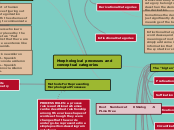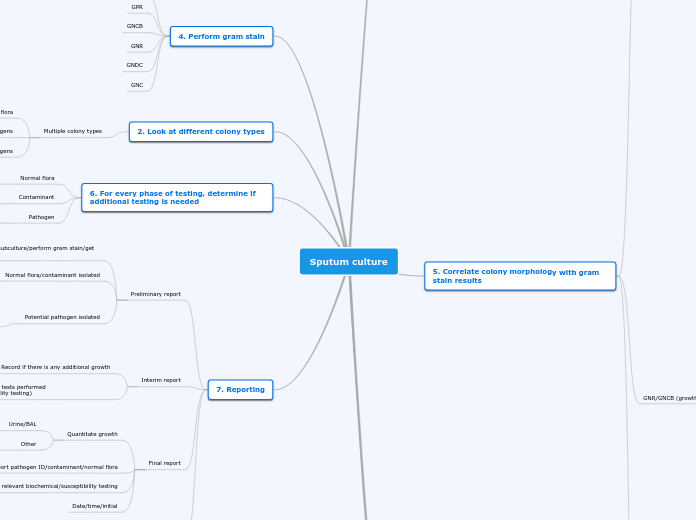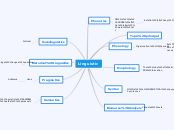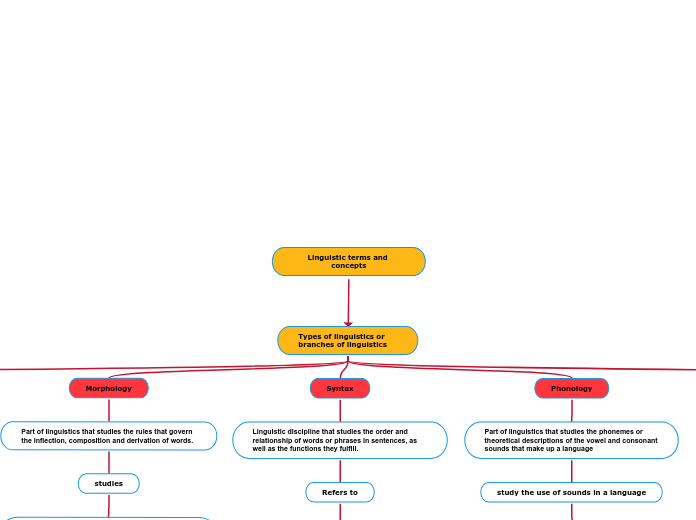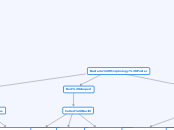da Laura Ramirez mancano 6 anni
1479
Morphology and Syntax
The study of morphology involves understanding how words are formed and structured. It is a branch of linguistics that examines the internal structure of words, focusing on how stems, roots, prefixes, and suffixes interact to create meaning and grammatical function.
